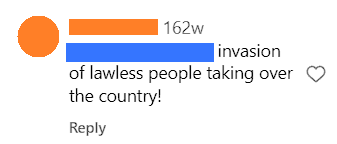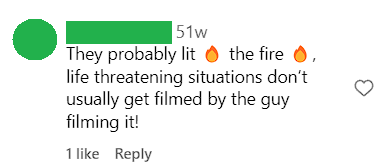Britannica defines xenophobia as “fear and contempt of strangers or foreigners or of anything designated as foreign, or a conviction that certain foreign individuals and cultures represent a threat to the authentic identity of one’s own nation-state and cannot integrate into the local society peacefully.”
Xenophobia has existed as far back as people could differentiate between themselves and others. In every part of the world, local tribes have found reasons to fight each other instead of peaceful coexistence.
As means of travel have become more advanced, more people can travel globally, increasing inter-cultural interaction. Despite the many advantages and advancements to society that are a result of this interaction, some people persist in parroting stereotypes and degrading the idea of the integration of people and ideas that are different to them. This is more evident in wealthy or technologically advanced areas, but not exclusive to such areas.
What follows are examples of xenophobia taken from TikTok and Instagram with a focus on Australia. TikTok and Instagram were selected for this briefing because of their more stringent community guidelines than several other social media platforms.
According to the Hate Speech and Hateful Behaviour subsection of TikTok’s Safety and Civility community guidelines, TikTok does “not allow any hate speech, hateful behavior, or promotion of hateful ideologies”.
Similarly, Instagram’s Community Guidelines prohibit “content that contains credible threats or hate speech”, “content that targets private individuals to degrade or shame them”, and encouraging violence or attacking others “based on their race, ethnicity, national origin, sex, gender, gender identity, sexual orientation, religious affiliation, disabilities, or diseases”.
Each example of xenophobia selected for this briefing contravenes these rules.
Example 1:
In September of 2023, asylum seekers with no clear route to residency in Australia held a protest at the electorate office of the Home Affairs minister to demand a resolution of their predicament. News reports suggest that a significant number of these asylum seekers had already been in Australia for over a decade with only bridging or temporary visas which provide no access to Medicare and often no right to work. A TikTok post contained a video covering part of that protest. While many people were sincerely sympathetic to these people, others were quick to share their opinion of the validity of the asylum requests.

This commenter expresses in a few words that it is impossible to flee persecution by boat and that anyone arriving by boat is therefore not a legitimate asylum seeker.
This is a fairly common sentiment in Australia as there have been problems with economic migrants attempting to bypass the correct process to residency by arriving by boat and requesting asylum. This is why there is a system to evaluate asylum seekers to determine if their requests are justified but it is easier to paint all arrivals by boat with the brush of “fake refugee”.

This commenter believes that the asylum seekers are ungrateful regardless of how much assistance they receive, and that Australia should not be doing any more to assist.
Example 2:
In March 2018 a Sri Lankan family seeking asylum in Australia and living in Biloela were detained by the Australian Border Force. Their story went viral with many people discussing the Australian laws regarding refugees and asylum seekers. The media coverage continued into 2024. With all the media attention, many opinions were voiced. Almost all were in support of the family. Others targeted the family with false accusations or generalisations about refugees generally. These comments were taken from a 2021 Instagram news post covering the story

This comment, in reply to a conversation about refugees as a detriment to Australia labelled asylum-seeking as an invasion and asylum seekers as criminals.

This comment blames those who have fled from persecution to Australia for taking taxpayer money that could have gone to supporting homeless Australian citizens.
Example 3:
According to a Fire and Rescue NSW report a fire broke out on July 6 2023 at the Villawood Detention Centre. Some detainees were forced to jump from windows on the top floor to get to safety. News coverage reported that all personnel and detainees were accounted for. A news site posted the story to Instagram.

This response supports the belief that refugees are criminals and blames the victims of the fire for starting the fire.
Media in most first-world countries seldom cover the issues faced by asylum seekers as, in many cases, they are no longer news, having continued sometimes for decades. People are unable to sympathise as they do not see the situations that these people have fled from. This is only a part of the xenophobia problem. From pre-civilisation times comes the basic survival instinct to fear the unknown. This can only be overcome with understanding, which in turn comes from education and experience.
